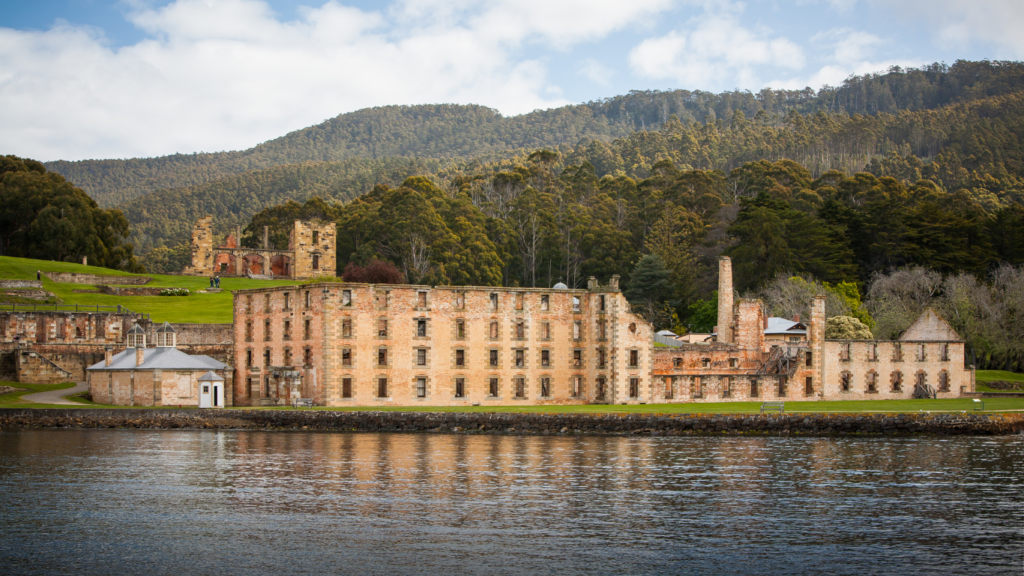Tasmania, Australia’s island state, feels like a world apart from the mainland.
Despite being Tasmania’s capital, Hobart’s small-town feel, coupled with its vibrant arts and food scene, makes it the perfect starting point for exploring the rest of the island. The waterfront in particular is always alive with activity, from the Salamanca Market to the modern art at MONA, the Museum of Old and New Art.
Tasmania’s raw natural beauty is on full display in its national parks, each offering something unique. Freycinet National Park, with its iconic Wineglass Bay, features a perfect curve of white sand against turquoise waters and is one of the most photographed spots in Australia.

We recommend hiking to the viewpoint to witness the full beauty of this island, don’t worry the route isn’t overly challenging just be sure to pack enough water. For those who do prefer a more challenging trek, there is a three-day walk to the Bay of Fires which showcases the best of Tasmania’ss coastal scenery, with orange-tinged boulders and secluded beaches along the way.

In the heart of the island lies Cradle Mountain-Lake St Clair National Park, a World Heritage site and a hiker’s paradise. The Overland Track, a six-day trek through alpine meadows, ancient rainforests, and glacial lakes, its one of Australia’s most famous long-distance walks and if you are up to the challenge it’s definitely worth it. Even if you’re not feeling the full trek, shorter walks around Cradle Mountain offer incredible views, particularly at sunrise when the mist rolls over the peaks and the landscape is painted orange.

No trip to Tasmania would be complete without seeing a Tasmanian devil, which you can learn about at conservation parks dedicated to protecting these endangered animals. While on the island keep your eyes peeled for wombats, wallabies, and the elusive platypus as you explore the island’s more remote areas.

Tasmania’s food and drink is as much a part of the experience as its landscapes and wildlife. The East Coast’s wine route, with its boutique vineyards, artisan cheese, and cellar doors, is a treat for those who appreciate a good drop.
For a taste of Tasmania’s colonial past, visit Port Arthur, a former penal colony that’s now a UNESCO World Heritage site. Walking through the well-preserved ruins, it’s easy to imagine the harsh conditions faced by convicts sent to this remote outpost. The stories of hardship and resilience are etched into the stones of the prison buildings, offering a sobering counterpoint to Tasmania’s natural beauty.




